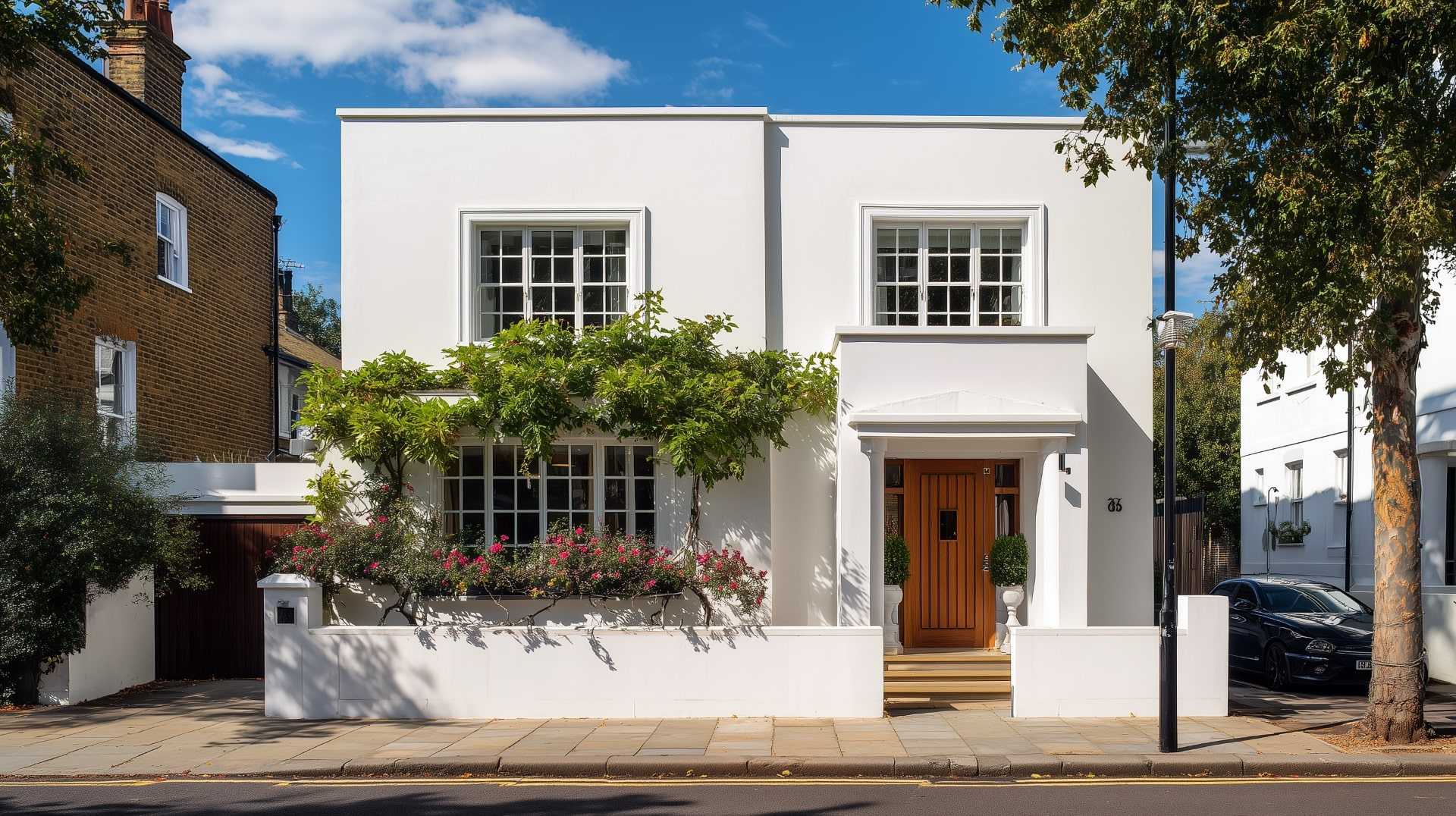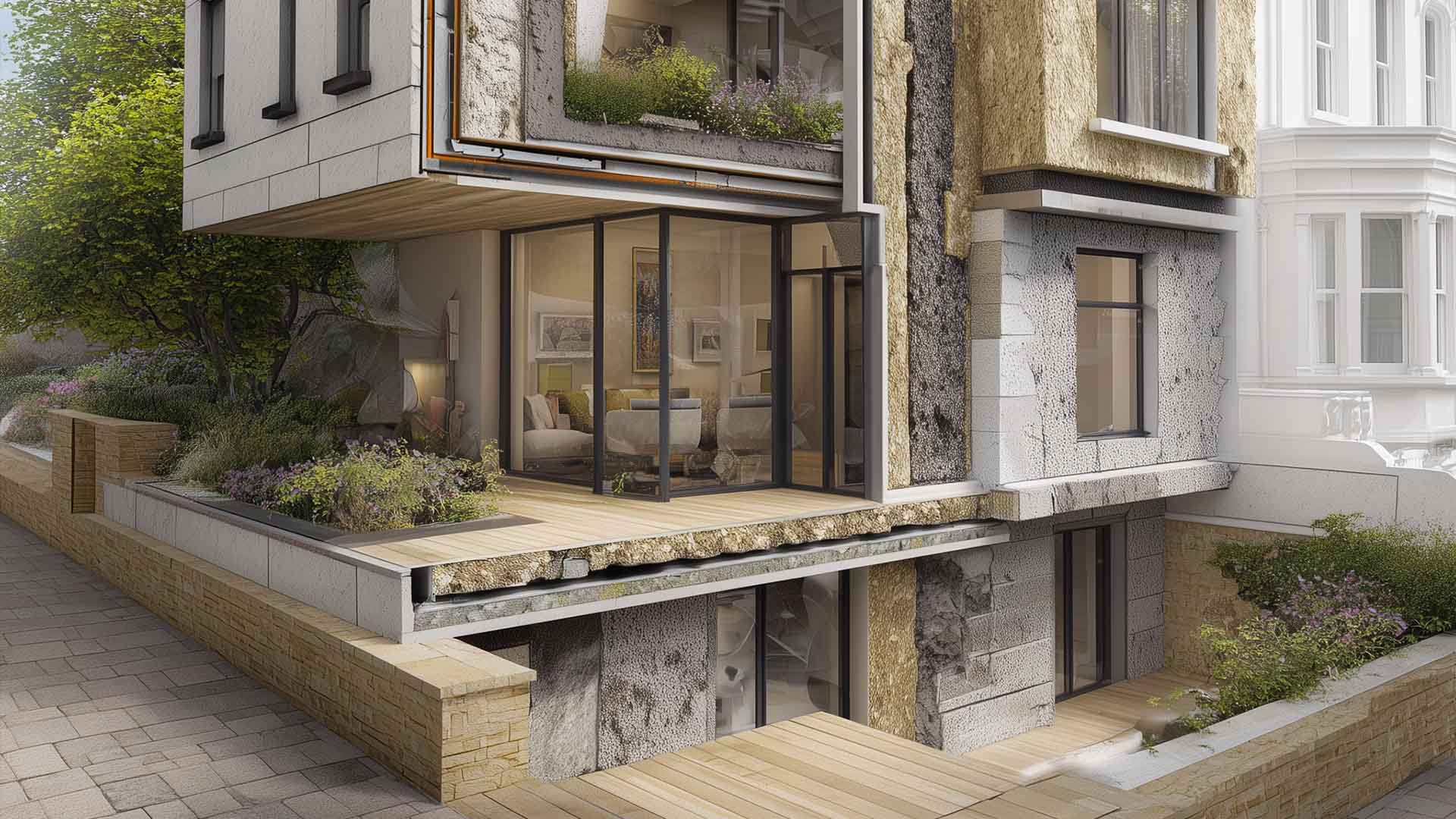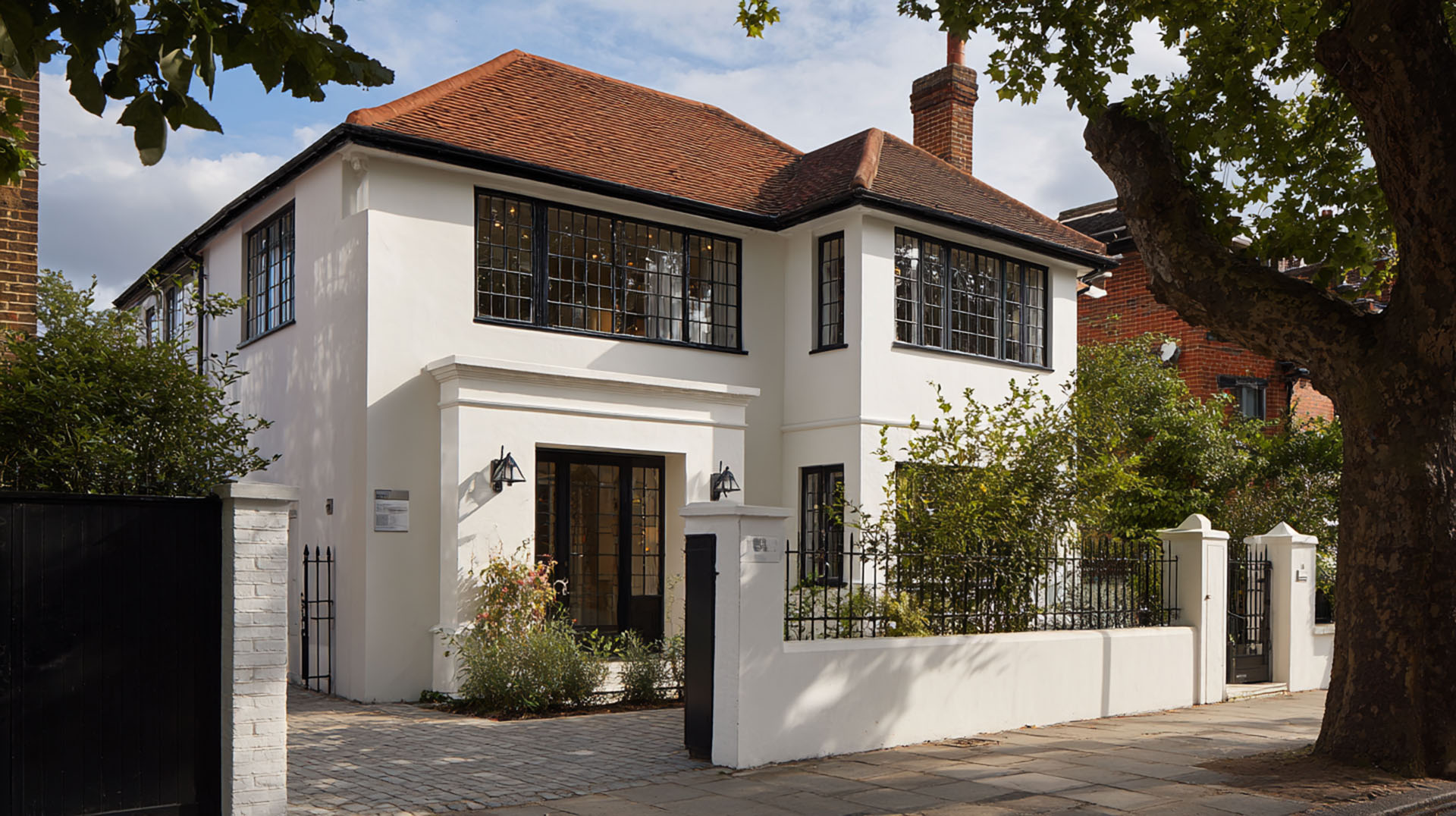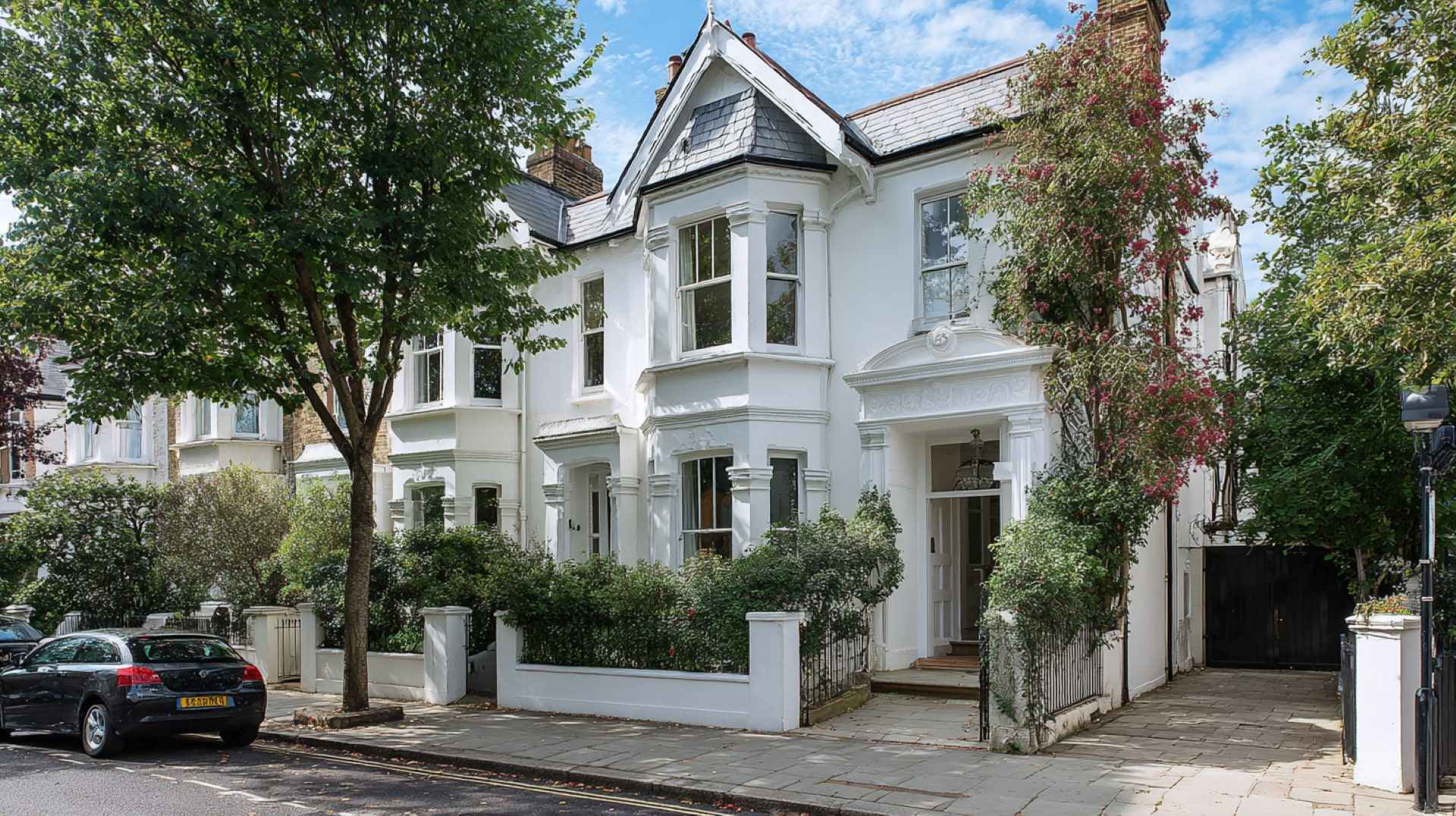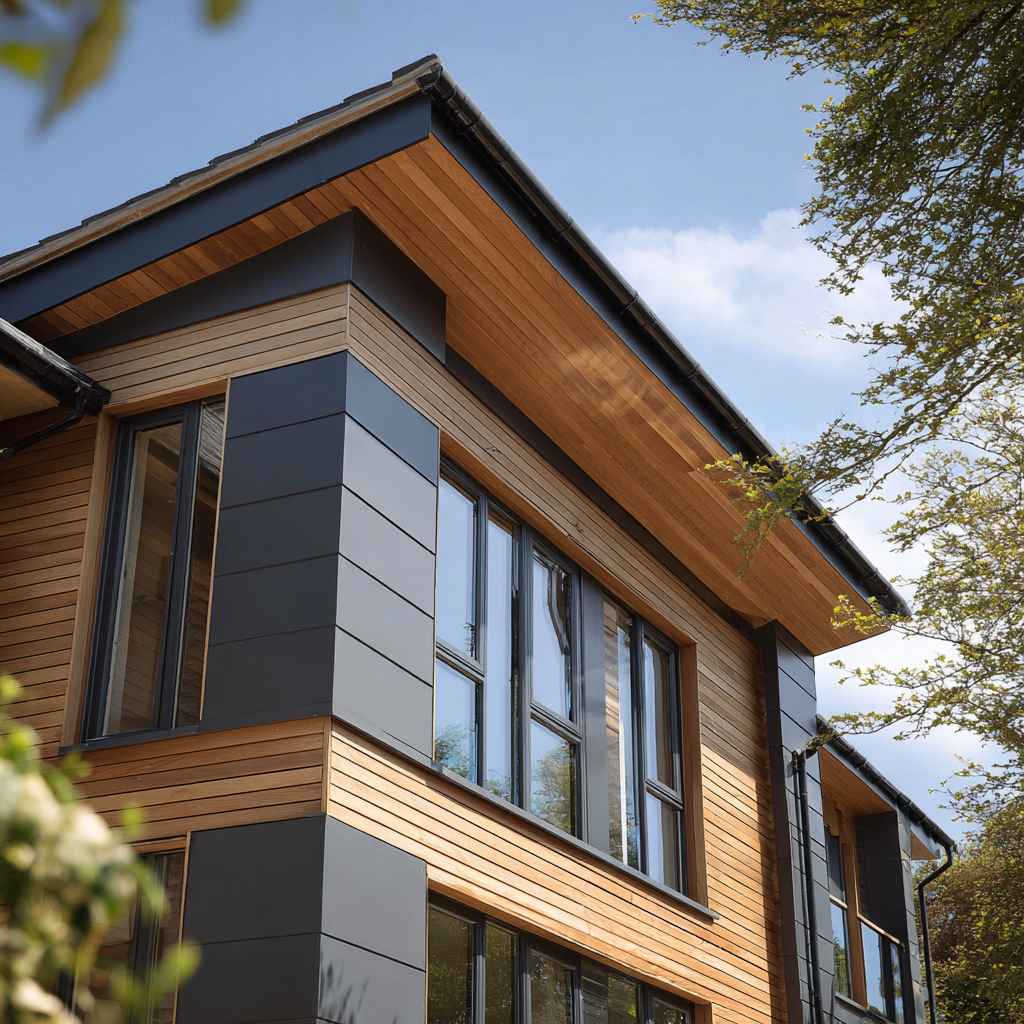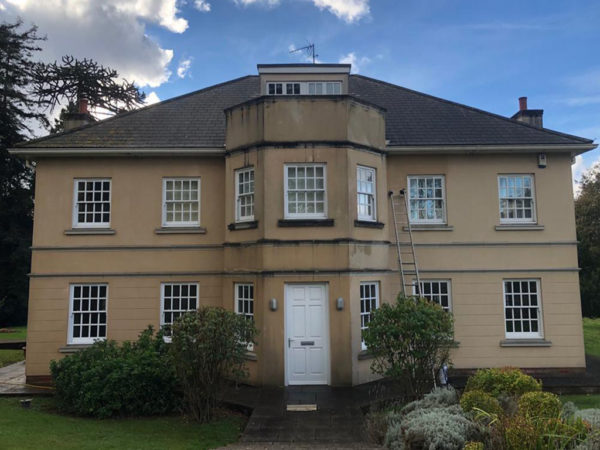
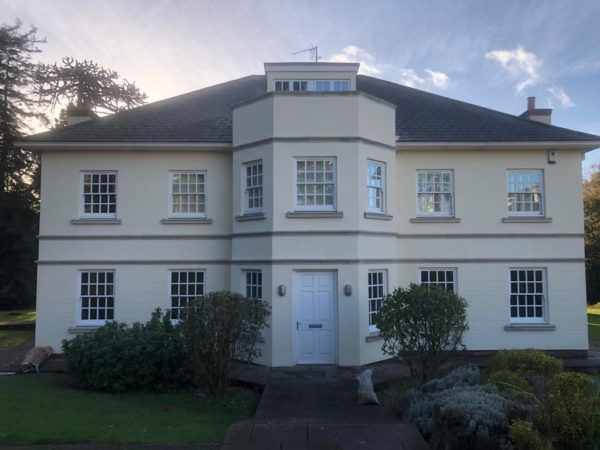
Key Take Aways
Penetrating damp occurs when rain or moisture seeps through exterior walls, creating internal damp patches that threaten both structure and decoration.
This type of damp is widespread, affecting buildings at all levels—not just near the ground—and is exacerbated by porous materials, spalled bricks, degraded mortar, or construction defects.
Effective treatment involves identifying and repairing moisture entry points (e.g. cracks, faulty gutters, broken roof elements), then applying high-quality breathable coatings that repel water while allowing internal moisture to escape.
Professional-grade exterior wall coatings can be up to 25× thicker than paint, are breathable, durable, and often backed by long warranties (e.g., 25 years), providing lasting protection and eliminating the need for frequent redecoration.
Prompt treatment is critical: delaying can worsen structural damage, increase repair costs, and may affect health via mould growth—early intervention saves money and preserves building integrity.
Penetrating Damp Treatments: Why They Must Be Treated?
Dampness, also known as moisture or humidity seeps in the house from the edges of the house. The dampness or humidity in the house is a result of the excessive humidity and moisture present in the house. It generally is found in the place where proper sunlight is not available and accessed. Penetrating Damp Treatments could easily be rendered after letting that specific place dry up with the help of vacuum and/or special machines which are specially made for treating dampness present in the house.
Penetrating damp happens as a result of tribulations with the fabric of the building which lets water to leak into the floors or walls. Particular defects directing to penetrating damp are down pipes or faulty guttering, poor pointing, faulty flashings, fractured rendering and built up external ground levels. The primary sign of damp penetration is generally the form of damp patches on walls, floors or ceilings.

